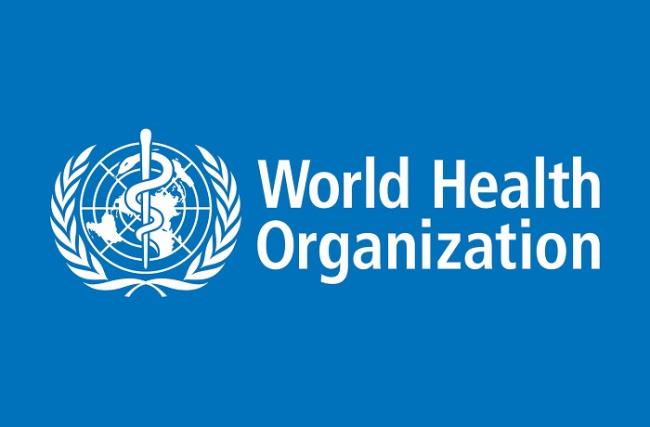As the Global Community marks the World Mental Health Day, the World Health Organization’s new Mental Health Atlas shows a global failure to provide people with the desired mental health services especially as the COVID-19 pandemic is highlighting a growing need for mental health support.
The latest edition of the Atlas, which includes data from one hundred and seventy one countries, provides a clear indication that the increased attention given to mental health in recent years has yet to result in a scale-up quality mental services that is aligned with the needs.
The Atlas, issued every three years is a compilation of data provided by countries around the world on mental health policies, legislation, financing, human resources, availability and utilization of services and data collection systems. It is also the mechanism for monitoring progress towards meeting the targets in WHO’s Comprehensive Mental Health Action Plan.
According to the Director General of the World Health Organisation, Dr. Tedros Adhanom, it is extremely concerning that, despite the evident and increasing need for mental health services, which has become even more acute during the COVID-19 pandemic, good intentions are not being met with investment.
He said there is a need to heed and act on the wake-up call and dramatically accelerate the scale-up of investment in mental health, because there is no health without mental health as none of the targets for effective leadership and governance for mental health, provision of mental health services in community-based settings, mental health promotion and prevention, and strengthening of information systems, were close to being achieved.
In twenty twenty, just fifty one percent of WHO’s one hundred and ninety four Member States reported that their mental health policy or plan was in line with international and regional human rights instruments, way short of the eighty percent target. And only fifty two percent of countries met the target relating to mental health promotion and prevention programmes, also well below the eighty percent target.
Though reports show there is a ten percent reduction in the rate of suicide, only thirty five countries said they had a stand-alone prevention strategy, policy or plan thereby, making transfer of care to communities slow.
Steady progress was however, evident in the adoption of mental health policies, plans and laws, as well as in improvements in capacity to report on a set of core mental health indicators but, the percentage of government health budgets spent on mental health has scarcely changed during the last years, which is still hovering around two percent even when policies and plans included estimates of required human and financial resources.
Though there is an increase in mental health promotion, its effectiveness is questionable as more countries reporting mental health promotion and prevention programmes, from forty one percent of Member States in twenty fourteen to fifty two percent in twenty twenty but thirty one percent, of total reported programmes did not have dedicated human and financial resources, twenty seven percent did not have a defined plan, and thirty nine percent had no documented evidence of progress and/or impact.
The report shows there is a slight increase in the mental health workforce as the global median number of mental health workers per one hundred thousand population has increased slightly from nine workers in twenty fourteen to thirteen workers per one hundred thousand population in twenty twenty it however shows there was a very high variation between countries of different income levels, with the number of mental health workers in high-income countries more than forty times higher than in low-income countries.
The global targets for twenty thirty reported in the Mental Health Atlas also include the inclusion of mental health and psychosocial support in emergency preparedness plans.









Comments are closed for this post.